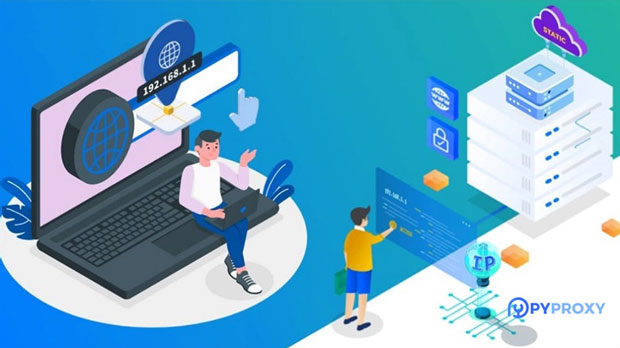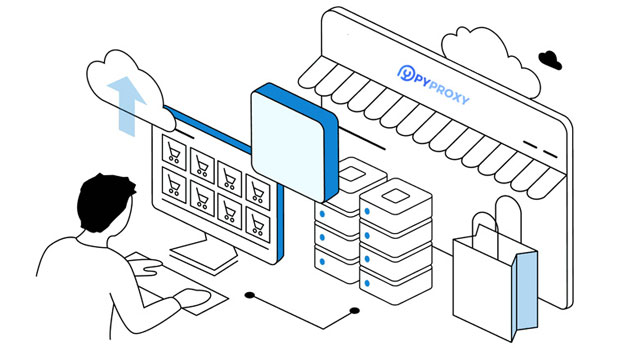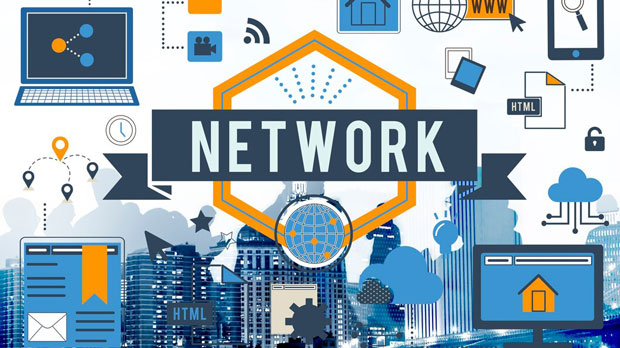Best choice for unlimited residential proxies, is Py Proxy more stable than Freeware Proxy?
When it comes to choosing the best unlimited residential proxy services, many users find themselves grappling with numerous options in the market. Among these, py proxy and Freeware Proxy are two well-known contenders. While Freeware Proxy seems like an attractive choice due to its zero cost, its stability and reliability often come into question. On the other hand, Py Proxy offers premium services with greater consistency and performance, making it a viable choice for users looking for dependable proxy solutions. In this article, we will compare the stability and performance of Py Proxy versus Freeware Proxy, diving into various aspects such as speed, reliability, security, and overall user experience. Introduction to residential proxiesBefore diving into the comparison of Py Proxy and Freeware Proxy, it's crucial to understand what residential proxies are and why they are important. Residential proxies allow users to route their internet traffic through real residential IP addresses, as opposed to data center IPs, which helps to avoid detection and potential blocking by websites. This makes them ideal for tasks like web scraping, data collection, or accessing geo-blocked content.Residential proxies are highly preferred because they mimic legitimate user activity, reducing the risk of IP bans. They provide an added layer of anonymity and are vital for businesses or individuals engaging in online tasks that require consistent and uninterrupted access to websites.Understanding Py Proxy and Freeware ProxyPy Proxy: A Premium ChoicePy Proxy is a commercial residential proxy service known for its premium offerings, providing high levels of stability and security. Unlike free proxies, Py Proxy delivers a reliable, fast, and consistent experience for users. With unlimited data usage, users can access and navigate websites without concerns about bandwidth limitations.The key selling points of Py Proxy include:1. Reliability: Py Proxy guarantees consistent uptime and offers a robust infrastructure that ensures minimal downtime, unlike free services that often face instability. 2. Security: Py Proxy ensures secure connections and prioritizes the protection of user privacy with encrypted traffic. This reduces the chances of data leaks or hacking attacks. 3. Speed: With a premium service, Py Proxy offers faster speeds, which are crucial for businesses requiring bulk data scraping or smooth browsing experiences.Freeware Proxy: A Budget OptionFreeware Proxy, on the other hand, is a free service that attracts users who are looking to save costs. It may seem like an appealing choice due to its zero cost, but there are numerous caveats that come with relying on such a service. These proxies are often unstable, and their speed and security can be questionable.The common drawbacks of Freeware Proxy include:1. Instability: Free proxy services tend to suffer from frequent downtime, slow speeds, and reduced performance as they are often overloaded with users. 2. Security Concerns: Since Freeware Proxy does not offer robust encryption or security measures, users risk exposing their private data or falling victim to malicious attacks.3. Limited Support: Free services typically provide little to no customer support. If a problem arises, users have to troubleshoot on their own, which can be a significant drawback for businesses.Stability: Py Proxy vs. Freeware ProxyOne of the most critical factors to consider when choosing a proxy service is stability. Stability refers to the ability of the proxy to maintain a reliable connection without frequent interruptions or downtime.Py Proxy's StabilityPy Proxy stands out in terms of stability due to its enterprise-level infrastructure. By providing unlimited residential proxies with a strong focus on network uptime and consistent performance, Py Proxy ensures that users experience minimal disruptions. With dedicated servers, high-performance bandwidth, and an extensive network of IP addresses, Py Proxy guarantees users a steady and smooth proxy experience.Moreover, Py Proxy offers advanced tools for monitoring and troubleshooting, allowing users to quickly resolve any issues. The company's support team is always available to assist, ensuring that users can keep their operations running without delays.Freeware Proxy's InstabilityOn the contrary, Freeware Proxy tends to be unstable. Since it’s a free service, it relies on a limited number of IP addresses and resources. This leads to frequent downtime, slow connection speeds, and an overall unreliable experience. Additionally, the infrastructure supporting these free proxies is usually underfunded, leading to poor maintenance and infrequent updates.Users often experience slow speeds, connection drops, and even IP bans when using Freeware Proxy. This can hinder critical online tasks and lead to frustration. For businesses or individuals requiring constant, uninterrupted access, Freeware Proxy is a less stable option compared to Py Proxy.Speed and Performance: A ComparisonPy Proxy's SpeedWhen it comes to speed, Py Proxy excels with fast, consistent connections. This is especially important for data-heavy tasks such as web scraping or managing multiple accounts. With dedicated servers and optimized routes, Py Proxy ensures users can complete tasks without bottlenecks or delays. The high-speed network also ensures that users can enjoy a seamless browsing experience, even when dealing with large-scale data processing.Freeware Proxy's SpeedOn the other hand, Freeware Proxy often suffers from slow speeds. This is because free proxies are shared by multiple users, leading to congestion and delays. When too many people are trying to access the same proxy, the speed drops significantly. Freeware Proxy is not an ideal option for users who rely on fast, uninterrupted browsing or data collection.Security: Py Proxy vs. Freeware ProxyPy Proxy's SecurityPy Proxy offers a secure connection by encrypting traffic between the user and the proxy server. This ensures that personal data is kept safe from potential hackers and malicious entities. Additionally, Py Proxy provides IP rotation and various security features to help users maintain anonymity while browsing.Freeware Proxy's Security RisksFreeware Proxy services, however, often lack robust security measures. Since the providers typically don’t invest in encryption or secure protocols, users are exposed to greater risks. The absence of a reliable security system can lead to data breaches, leaving personal and sensitive information vulnerable to exploitation.Customer Support: Py Proxy vs. Freeware ProxyPy Proxy's Customer SupportA standout feature of Py Proxy is its customer support. With dedicated teams available 24/7, Py Proxy ensures that users have access to immediate assistance whenever needed. Whether it's a technical issue or a general query, Py Proxy's customer support team provides timely and effective solutions to keep operations running smoothly.Freeware Proxy's Limited SupportFreeware Proxy, on the other hand, offers limited or no customer support. Since the service is free, the providers typically do not invest in a dedicated support team. If users encounter problems, they often have to rely on community forums or self-help resources, which can be time-consuming and frustrating.Conclusion: Which One is More Stable?In conclusion, when it comes to stability, Py Proxy stands out as the superior choice. Its premium infrastructure, high uptime, fast speeds, robust security features, and dedicated customer support make it the more reliable option compared to Freeware Proxy. While Freeware Proxy may be appealing for users on a tight budget, its instability, security risks, and lack of support make it unsuitable for anyone requiring consistent and dependable proxy services. Py Proxy is the best option for users who value reliability and performance in their proxy solutions.
2025-03-03
























































